Keep reading to know...
If you’ve ever typed ‘how to remove pigmentation from face permanently,’ ‘how to remove pigmentation from face permanently naturally at home,’ or ‘home remedies for pigmentation’ into your search bar at 2 AM (while inspecting your reflection a little too closely), you’re not alone. Pigmentation—whether it's dark spots, uneven skin tone, or lingering acne scars can feel like that one skin issue that just won’t go away. And while it’s incredibly common, especially in sun-drenched countries like ours, the good news is that it’s also completely manageable with the right knowledge and care.
This guide isn’t about confusing jargon or impossible routines. It’s your approachable, fuss-free roadmap to even-toned, radiant skin without feeling like you need a pharmacy’s worth of products to get there. So whether you’re dealing with fresh spots or stubborn pigmentation that’s stuck around for years, let’s break down everything you need to know—starting from what pigmentation really is, to how you can treat and prevent it naturally at home. Let’s glow smarter, not harder.
What Is Pigmentation and Why Does It Happen?
_0.jpg)
Pigmentation refers to the coloring of your skin, and when we talk about pigmentation issues, we usually mean hyperpigmentation—when certain patches of skin become darker than the surrounding areas.
So, what is pigmentation? It’s caused by an overproduction of melanin, the natural pigment responsible for your skin’s color. This can happen due to sun exposure, hormonal changes, acne scars, or even inflammation.
Sunspots: Caused by UV damage.
- Melasma: Often triggered by hormones during pregnancy or birth control use.
- Post-inflammatory hyperpigmentation (PIH): Leftover marks from acne, eczema, or injury.
Top Causes of Pigmentation on Face
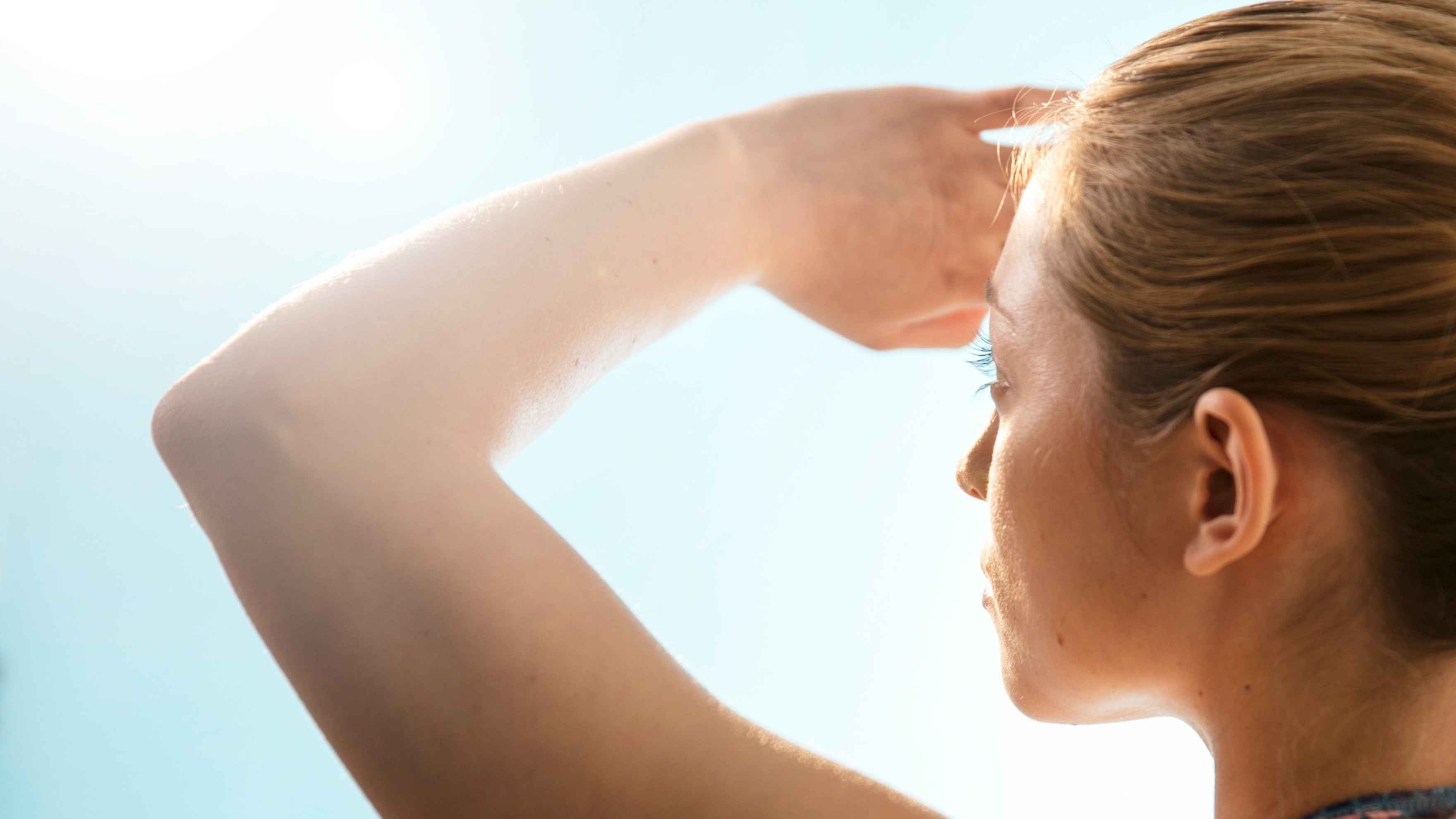
Understanding the causes of pigmentation helps us combat it effectively:
- Sun exposure – UV rays trigger melanocytes.
- Hormonal changes – Fluctuations in oestrogen/progesterone can spark melasma.
- Acne and injury – Skin trauma often leaves dark marks.
- Lifestyle factors – Poor diet, stress, and pollution all play a part.
- Ageing – Natural pigment changes over time.
Home Remedies to Remove Pigmentation Naturally at Home
While “permanent” might be a stretch, pigmentation often comes back if not cared for properly. The good news? You can nurture a lasting, healthy glow with consistent care. If you’re wondering how to naturally fade pigmentation at home, many effective remedies come straight from your kitchen. These gentle treatments work over time to brighten dark spots, even out skin tone, and repair sun damage—making them easy and safe to add to your daily routine.
All of these ingredients are gentle, inexpensive, and often already in your kitchen:
1. Aloe Vera Gel
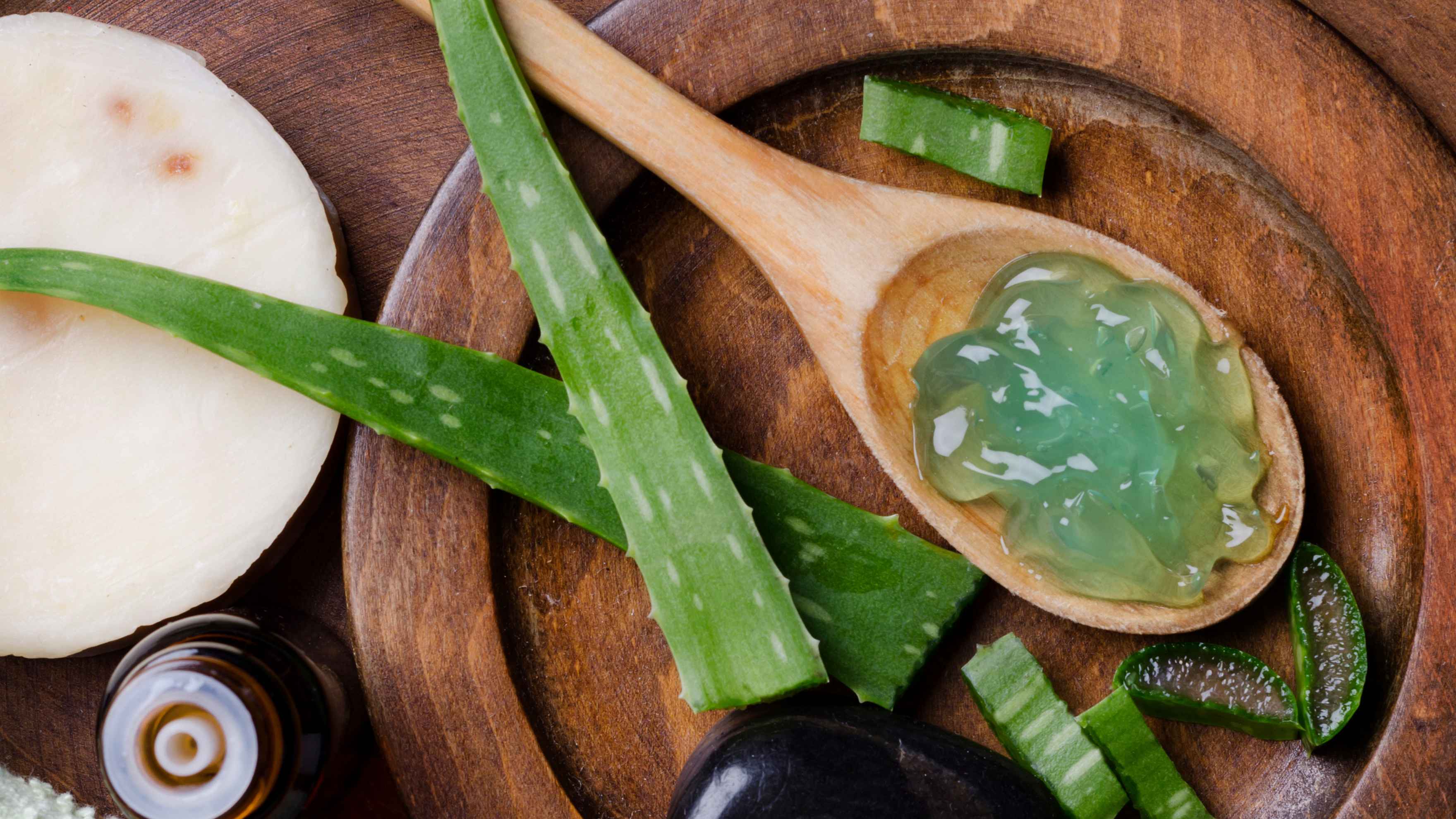
Benefits: Soothes skin, reduces melanin production, promotes healing
Ingredients: 2 tablespoons fresh aloe vera gel + 1 teaspoon honey
How to Apply: Mix and apply evenly on clean skin; leave on overnight or rinse off after 20 minutes
Frequency: Daily for 4–6 weeks
2. Potato Juice
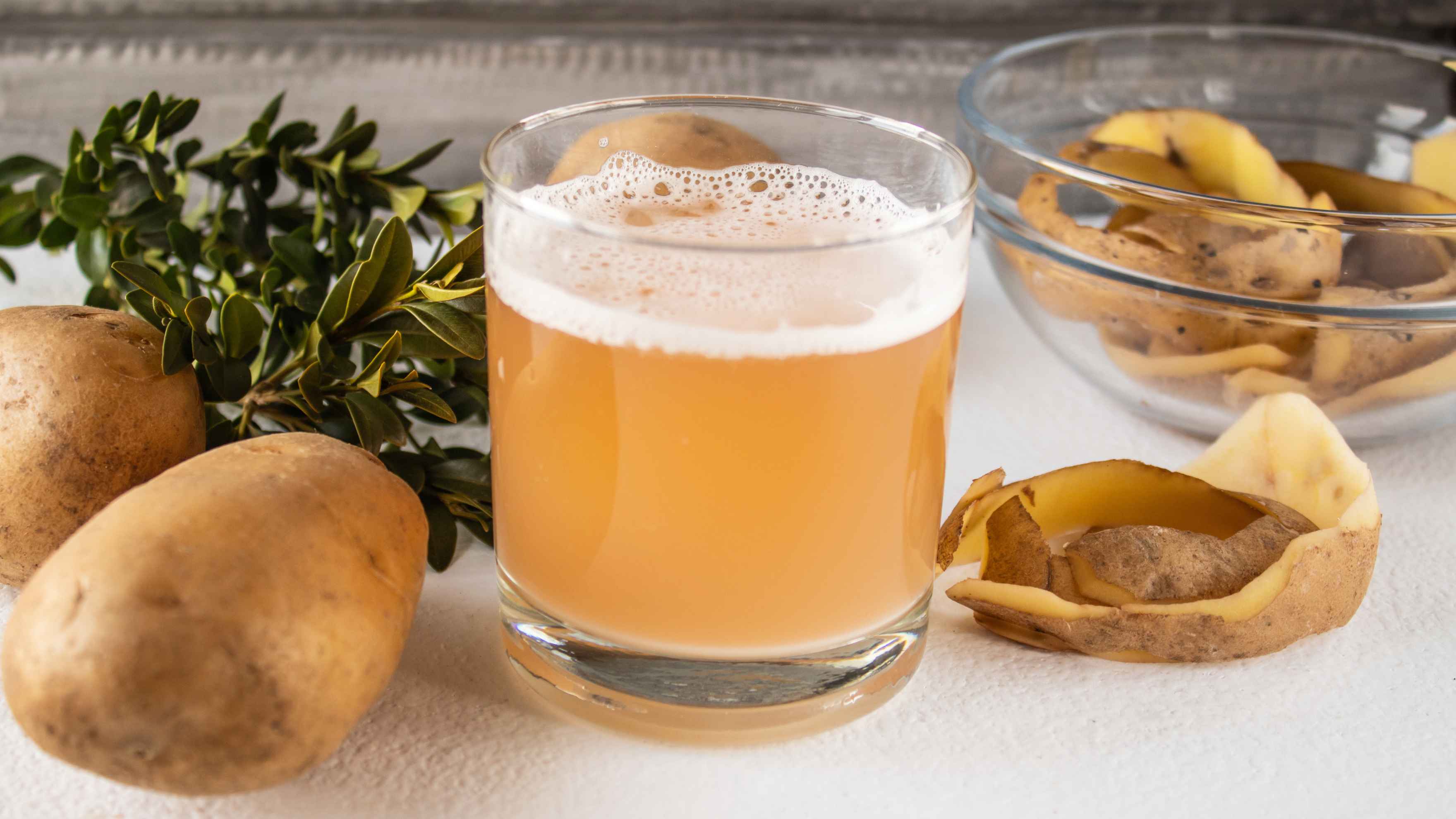
Benefits: Gently lightens dark spots, brightens complexion
Ingredients: Juice from ½ grated potato (strained)
How to Apply: Apply juice with a cotton pad to dark spots; let dry naturally
Frequency: Once daily
3. Turmeric Paste
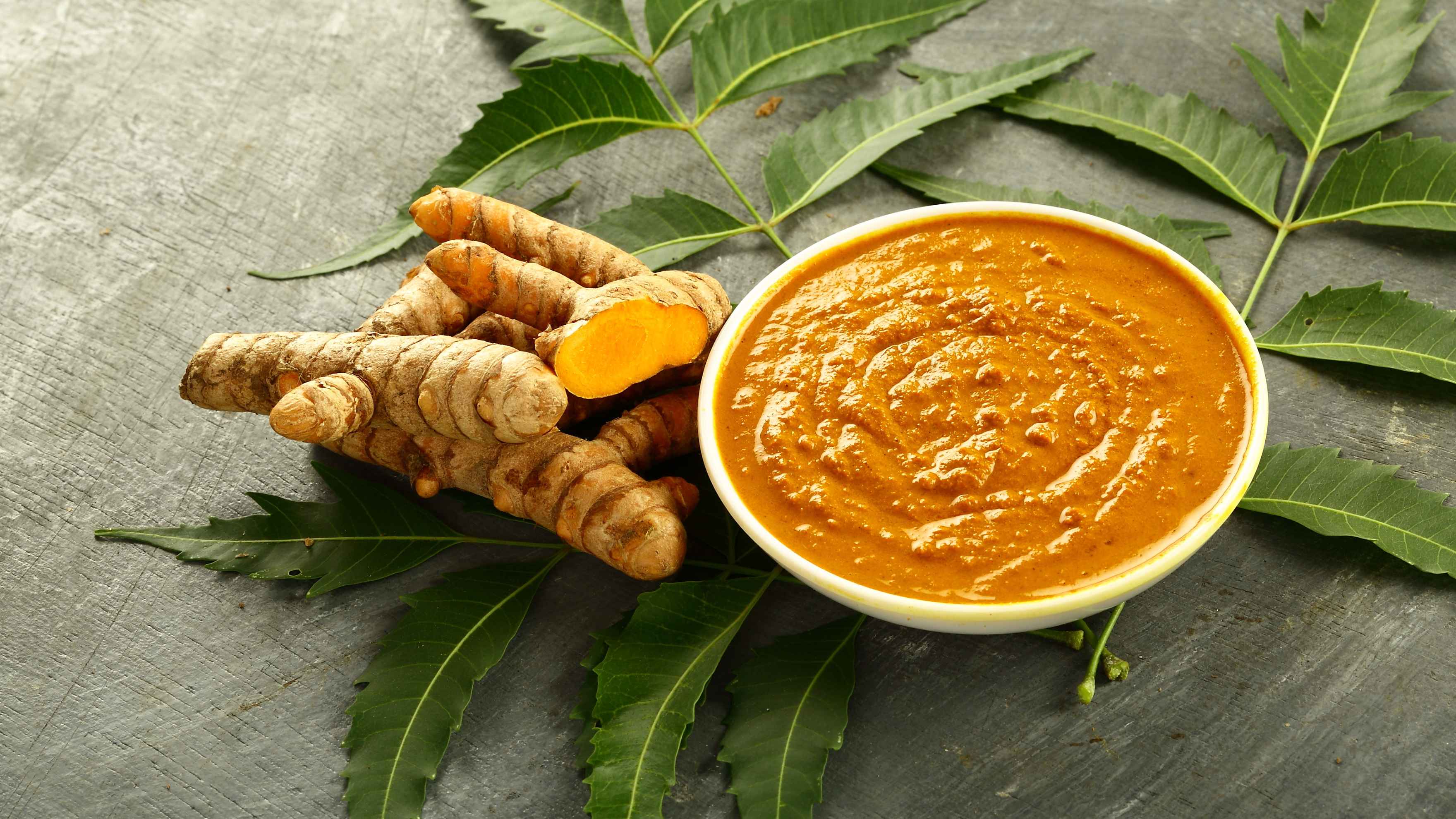
Benefits: Reduces inflammation, inhibits melanin production, evens skin tone
Ingredients: 1 teaspoon turmeric + yoghurt or honey (enough to make a paste)
How to Apply: Apply as a thin layer on clean skin; rinse off after 15–20 minutes
Frequency: 3 times per week
4. Green Tea Toner
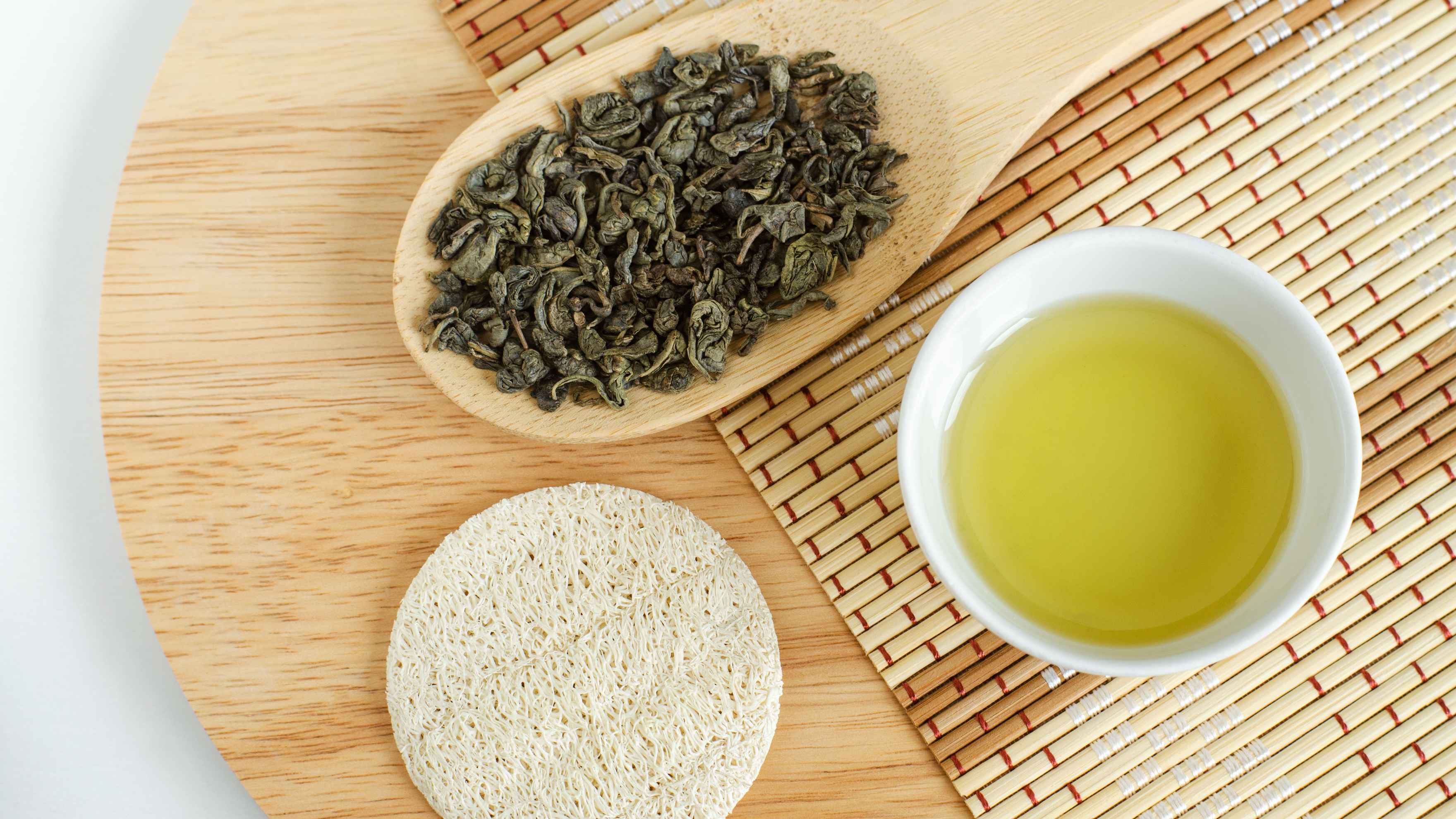
Benefits: Calms skin, reduces pigmentation, rich in antioxidants
Ingredients: 1 green tea bag + ½ cup hot water (brewed and cooled)
How to Apply: Use a cotton pad to swipe across clean skin or spritz as a toner
Frequency: Twice daily
5. Apple Cider Vinegar
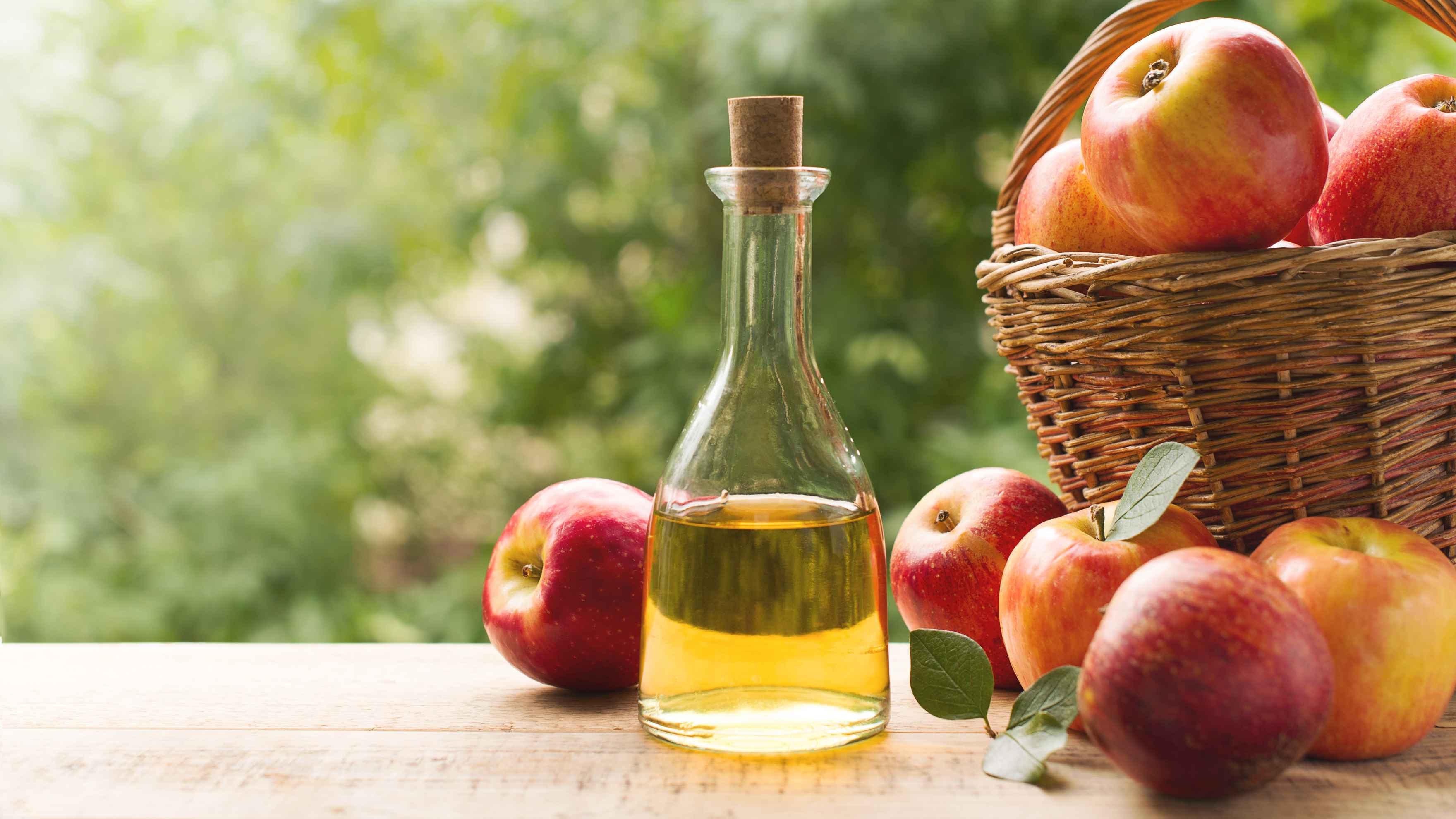
Benefits: Light exfoliation, balances skin pH, helps fade spots
Ingredients: 1 part apple cider vinegar + 1 part water
How to Apply: Dab onto skin using a cotton pad; rinse after 10 minutes if sensitive
Frequency: Once daily
6. Papaya Brightening Mask
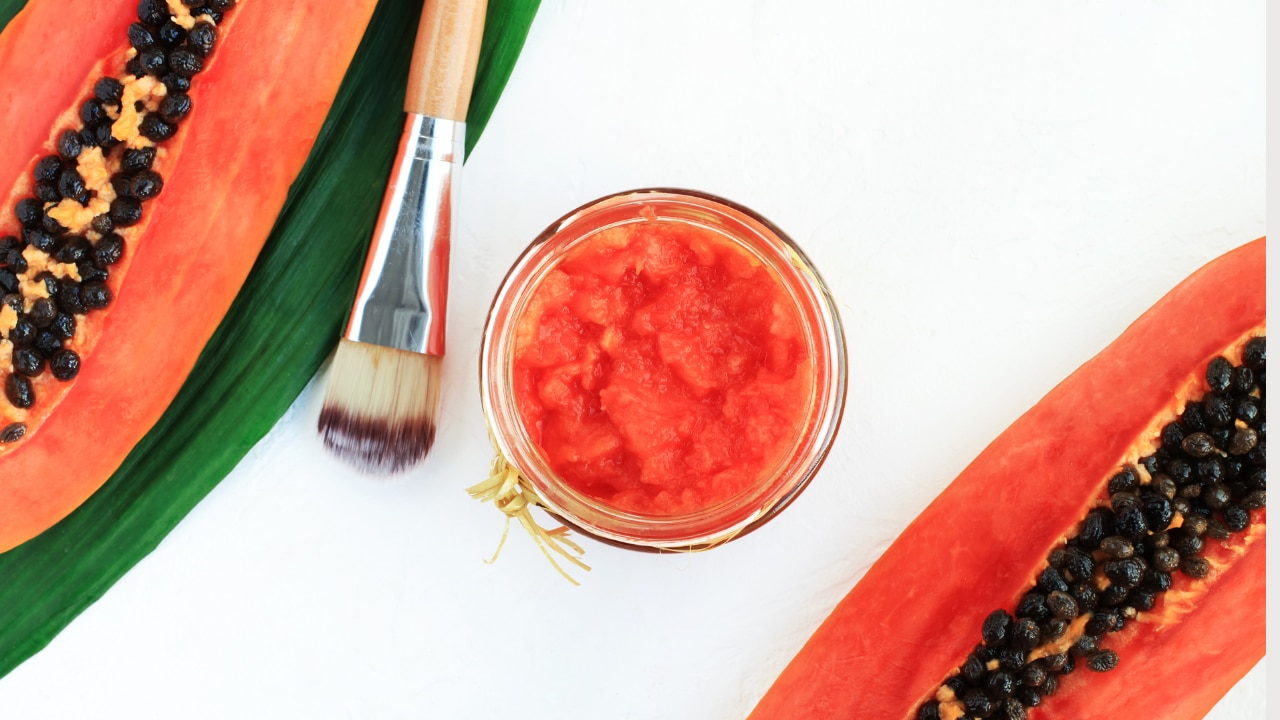
Benefits: Gently exfoliates, promotes skin cell renewal, fades dark spots
Ingredients: 2 tablespoons mashed ripe papaya
How to Apply: Apply evenly to clean skin; leave on for 15–20 minutes and rinse
Frequency: 2–3 times per week
7. Lemon Juice Spot Dab
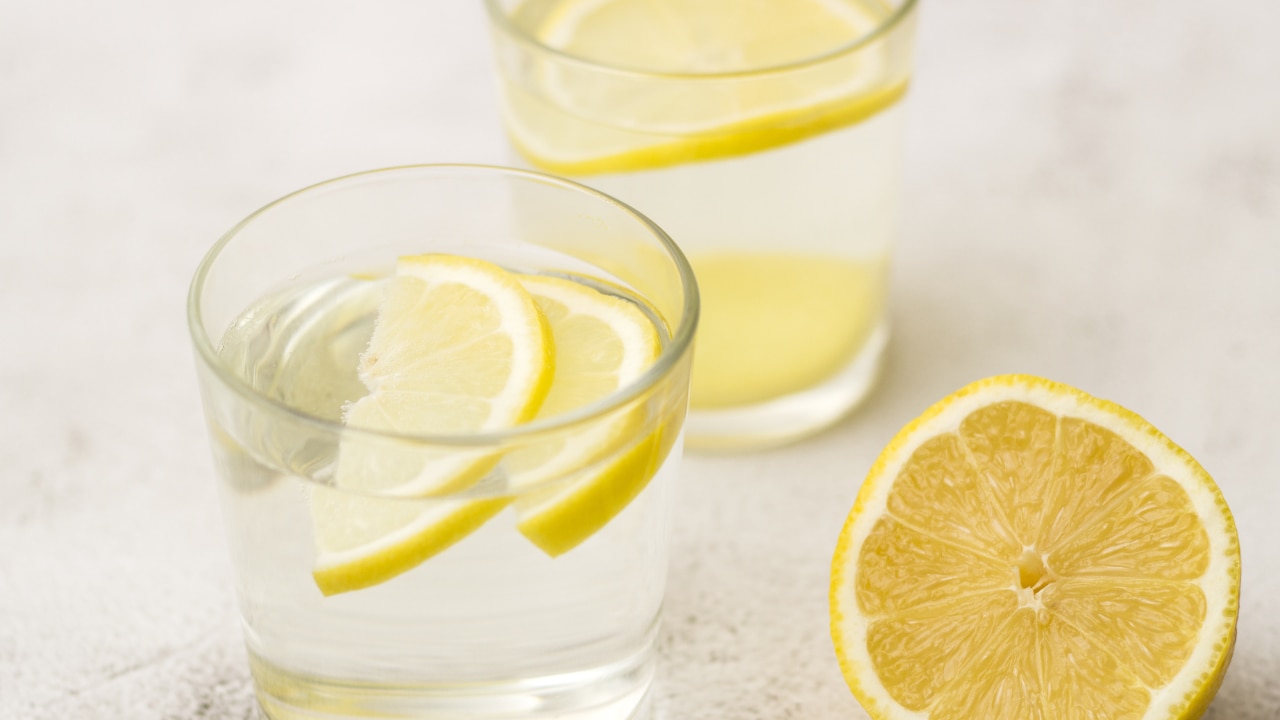
Benefits: Natural bleaching agent, high in vitamin C, helps lighten pigmentation
Ingredients: 1 teaspoon fresh lemon juice (always diluted with equal parts water)
How to Apply: Dab onto dark spots with a cotton swab; rinse after 10–15 minutes
Frequency: 2–3 times per week
Note: Use only at night and always follow with sunscreen during the day
8. Raw Milk Cleanser
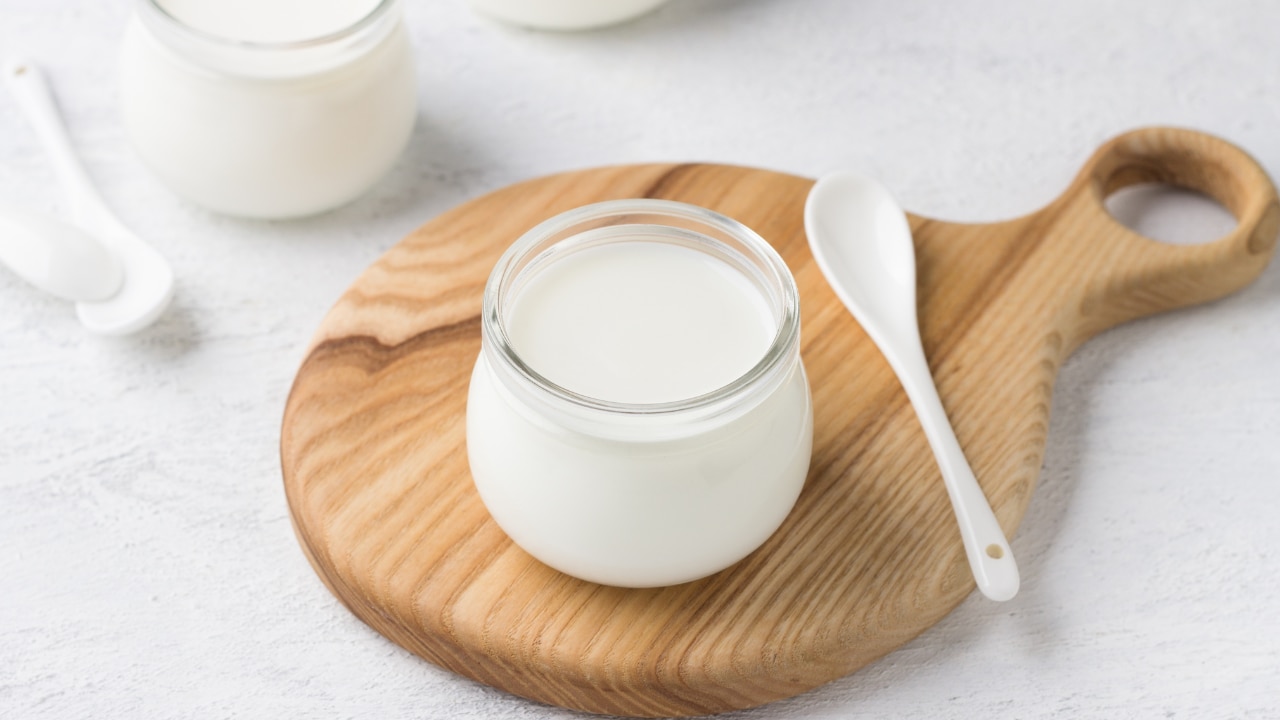
Benefits: Contains lactic acid for gentle exfoliation, lightens and hydrates
Ingredients: 2 tablespoons raw milk (cold)
How to Apply: Apply with a cotton pad over face; let sit for 10 minutes before rinsing
Frequency: Daily or every alternate day
9. Oatmeal & Honey Scrub
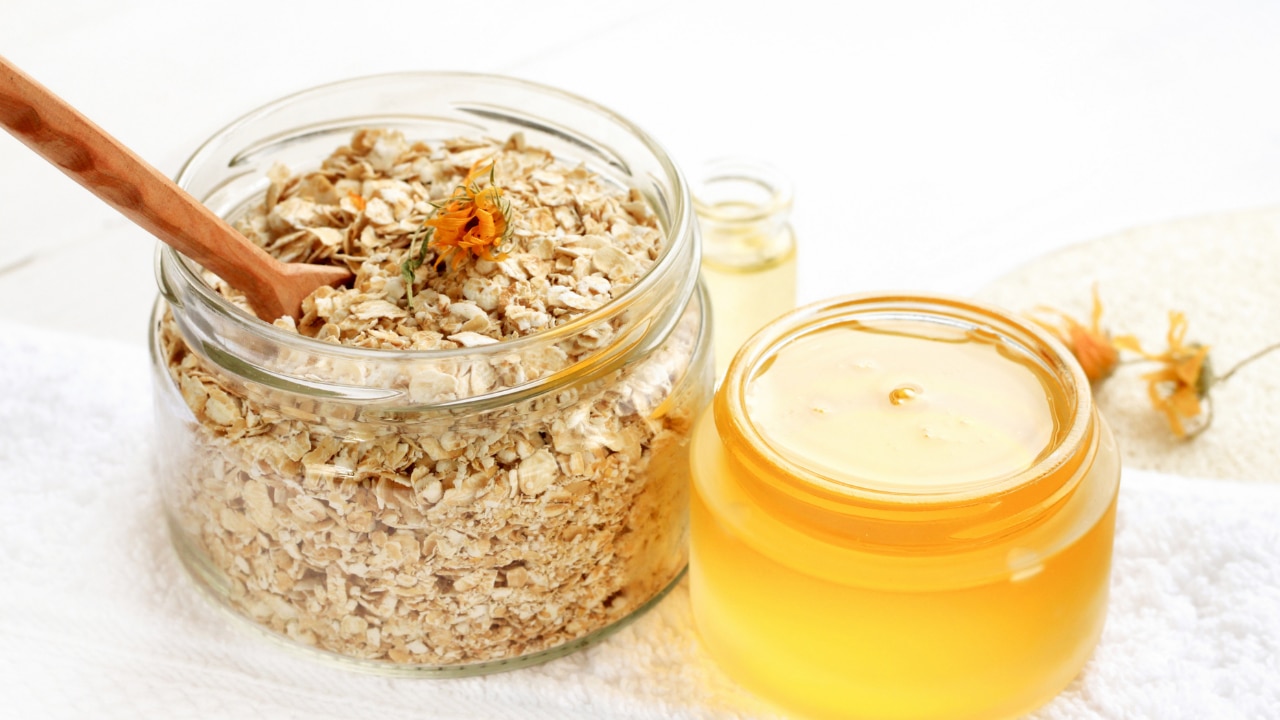
Benefits: Gently exfoliates dead skin cells, calms and brightens skin
Ingredients: 1 tablespoon ground oats + 1 teaspoon honey
How to Apply: Massage gently onto damp skin in circular motions; rinse off after 5–10 minutes
Frequency: 2 times per week
10. Tomato Pulp Mask
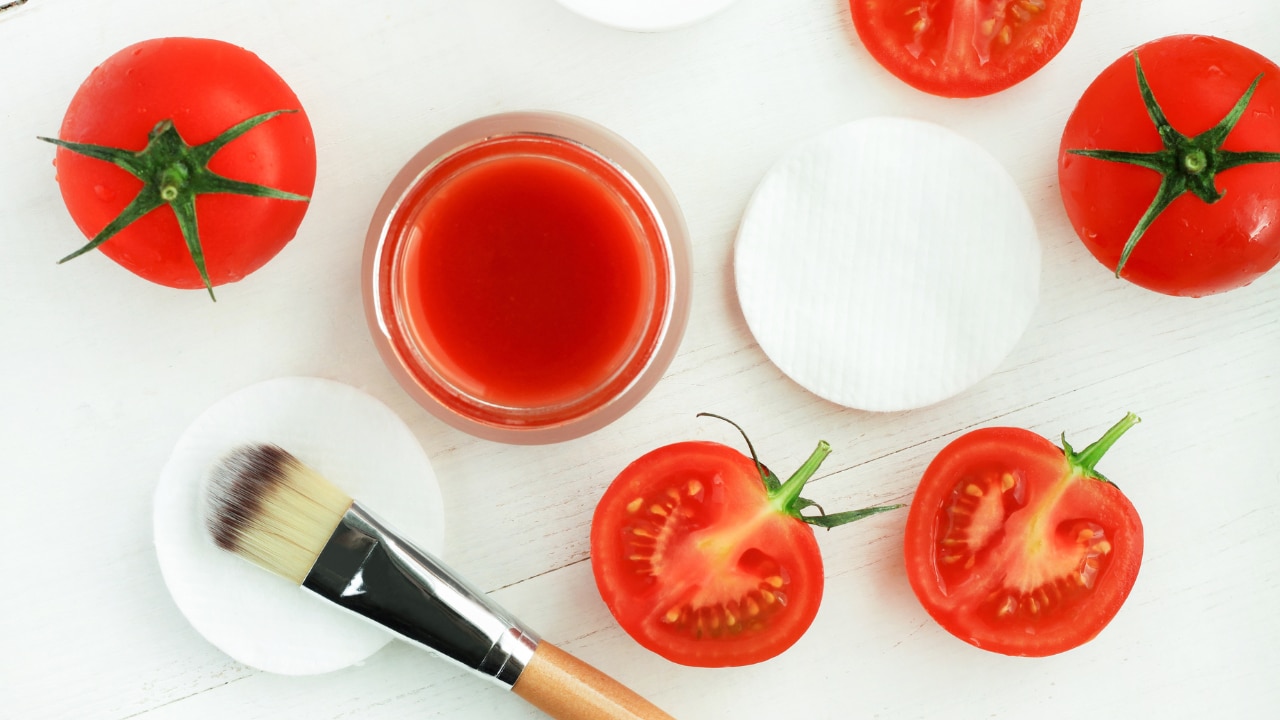
Benefits: Rich in lycopene, reduces tanning and pigmentation
Ingredients: 1–2 tablespoons fresh tomato pulp
How to Apply: Apply a thin layer to clean skin; leave for 15 minutes, then rinse
Frequency: 3 times per week
Daily Skincare Routine for Pigmentation Removal
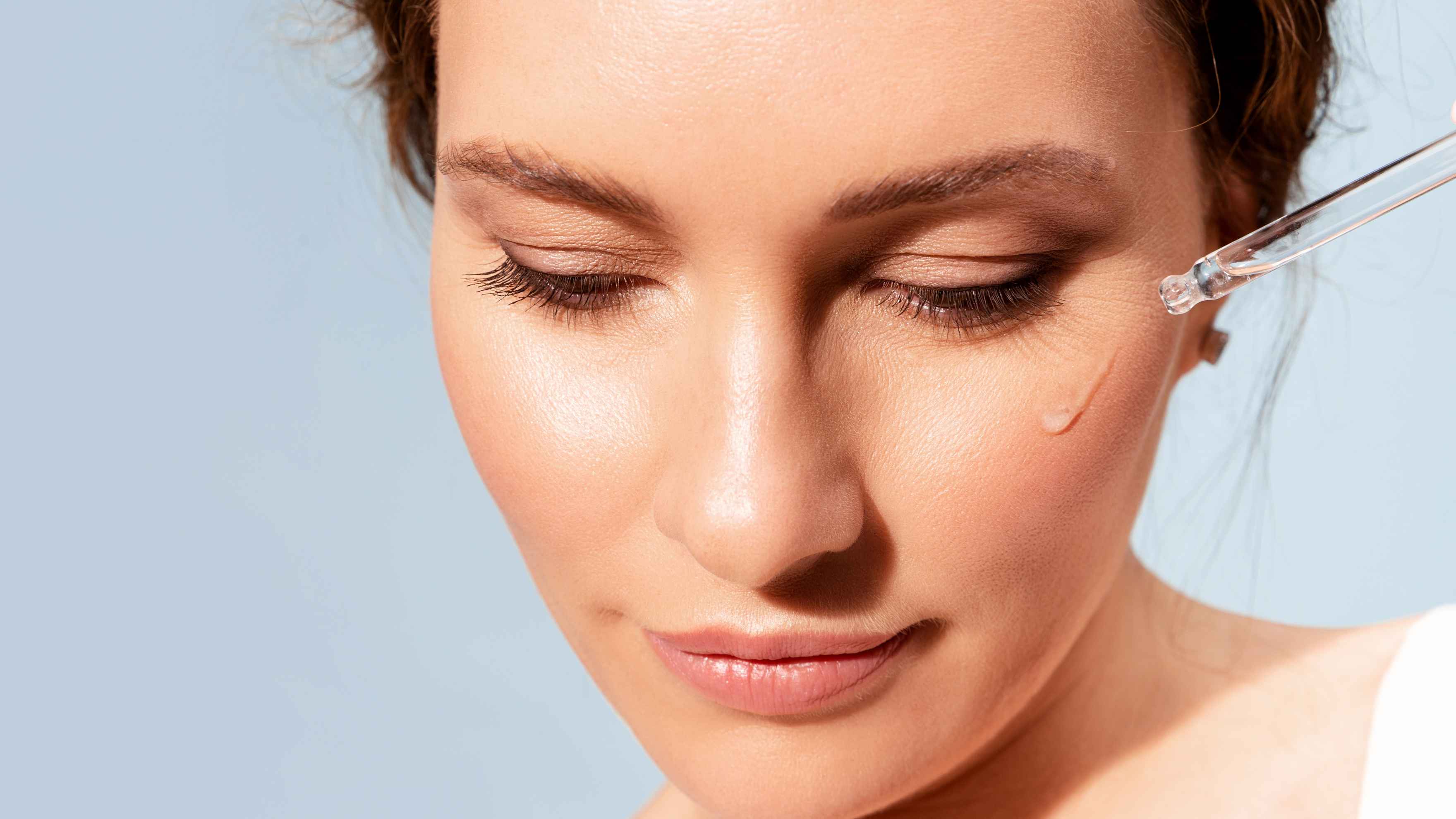
Combine your home remedies with a smart skincare plan:
- Cleanser – Gentle and non-stripping.
- Exfoliation – Use a gentle AHA/BHA once or twice weekly.
- Targeted Serums – Incorporate a serum with niacinamide, kojic acid, or vitamin C.
- Novology Hyperpigmentation Serum works beautifully here: enriched with kojic acid and stabilised vitamin C, it targets melanin while supporting skin barrier health.
- Moisturiser – Lock in hydration and aid serums.
- SPF – Non-optional. Use broad-spectrum SPF 30+ daily to prevent recurrence.
Home Remedies vs Clinical Treatments for Pigmentation
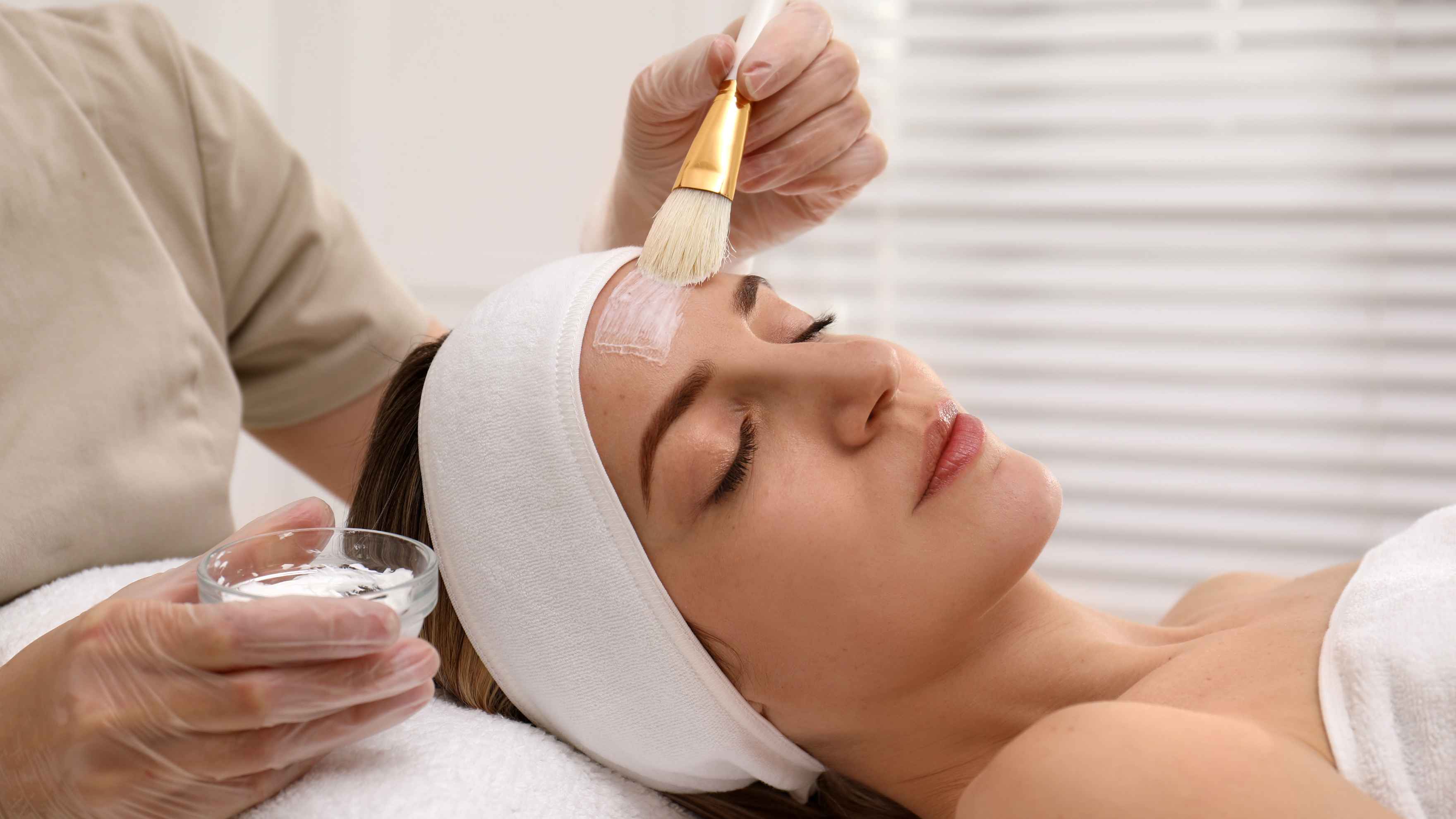
For persistent pigmentation, professional treatments may be worth considering—but are typically more invasive or expensive:
- Chemical peels – Use glycolic or salicylic acid to speed exfoliation and fade spots.
- Laser therapy – Targets melanin with pinpoint precision.
- Prescription creams – Hydroquinone, retinoids, and azelaic acid via dermatologists can vastly improve pigment control.
Still, many people find a hybrid routine—natural plus consistent dermat-approved skincare—yields brilliant long-term results without invasive procedures.
Do’s and Don’ts When Fading Pigmentation
Do's
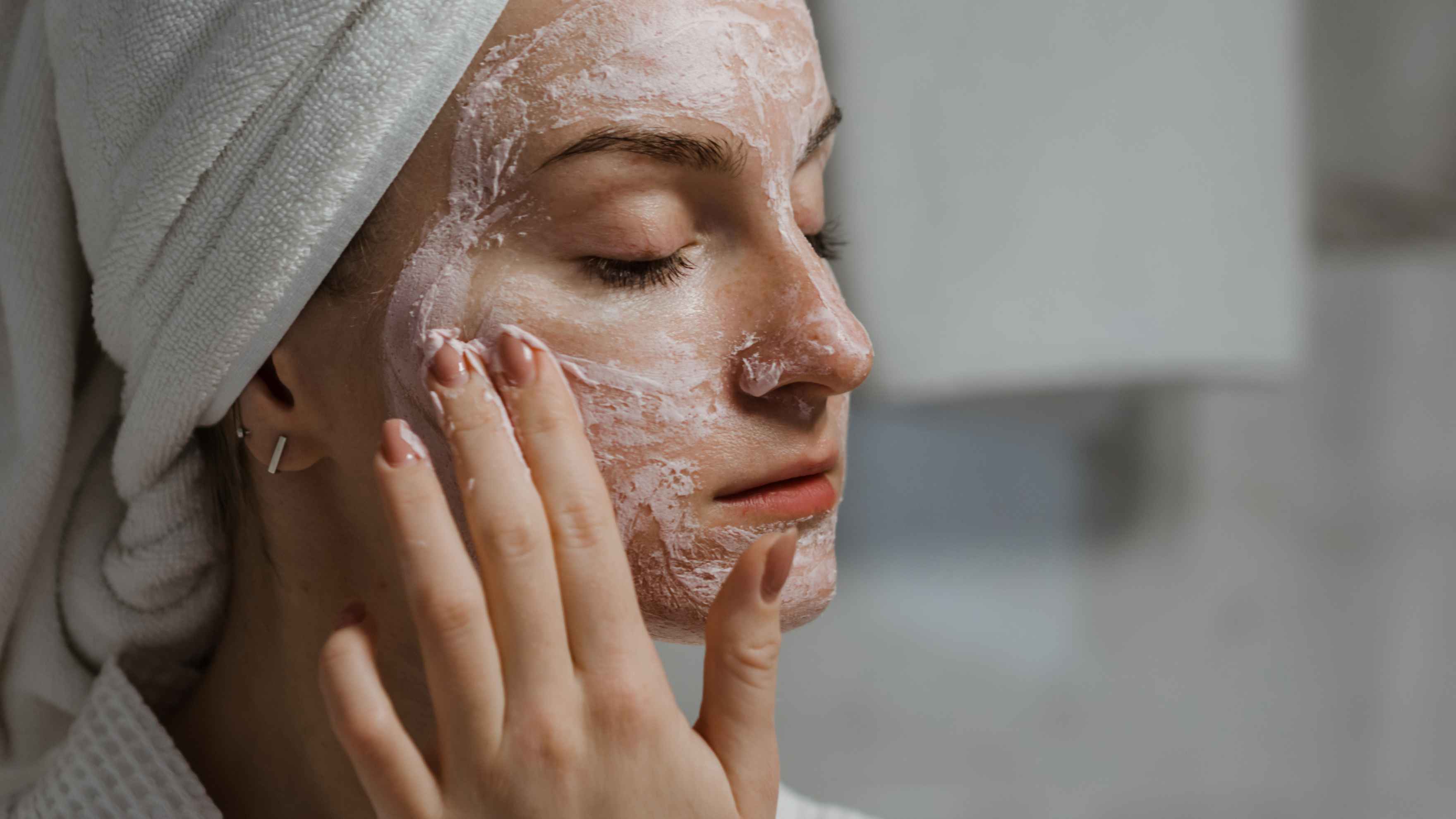
- Be consistent with your routine—natural remedies take time to show results.
- Always wear sunscreen, even indoors, to prevent further pigmentation.
- Gently exfoliate once or twice a week to help fade dark spots over time.
- Use calming, hydrating ingredients alongside active ones to support skin recovery.
- Introduce targeted serums like the Novology Hyperpigmentation Serum to address pigmentation more effectively.
- Consult a dermatologist if your pigmentation worsens or doesn’t respond to home remedies.
- Always do a patch test before trying new products or remedies to avoid irritation.
Don’ts
- Don’t skip SPF—sun exposure is one of the biggest triggers for pigmentation.
- Don’t use harsh physical scrubs or bleach-based products—they can irritate and worsen pigmentation.
- Don’t layer multiple active ingredients like acids or retinoids unless advised by a professional.
- Don’t expect immediate results—fading pigmentation takes time and patience.
- Don’t pick or squeeze acne, as this can lead to post-inflammatory pigmentation.
Pigmentation can feel stubborn, like that one overzealous friend who just won’t leave—but with a thoughtful routine rooted in nature, you don’t need to go nuclear to see real change. From aloe gel and potato juice to targeted serums like Novology Hyperpigmentation Serum, you can build a gentle, effective approach to evening your tone—naturally and lovingly.
Simplify your routine, prioritise sun protection, and give yourself grace—bright, even skin takes time. But that natural glow? Totally worth the wait.
FAQs
Q: Can pigmentation be removed naturally at home?
Many mild pigmentation cases respond well to consistent use of natural remedies, antioxidants, and good sun protection. Persistent or deeper pigmentation may need clinical support.
Q: When will I see results from home treatments?
Typically between 6–12 weeks, though this can vary based on pigmentation depth and lifestyle factors.
Q: Can I use lemon juice for pigmentation?
Lime or lemon juice is too acidic and can irritate the skin—stick with gentler options like apple cider vinegar or potato juice.
Q: Is it safe to layer vitamin C serum with Novology Hyperpigmentation Serum?
Yes, if done at different times (e.g., vitamin C in the morning, hyperpigmentation serum at night). Both help reduce melanin in complementary ways.


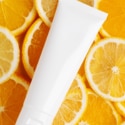
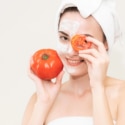





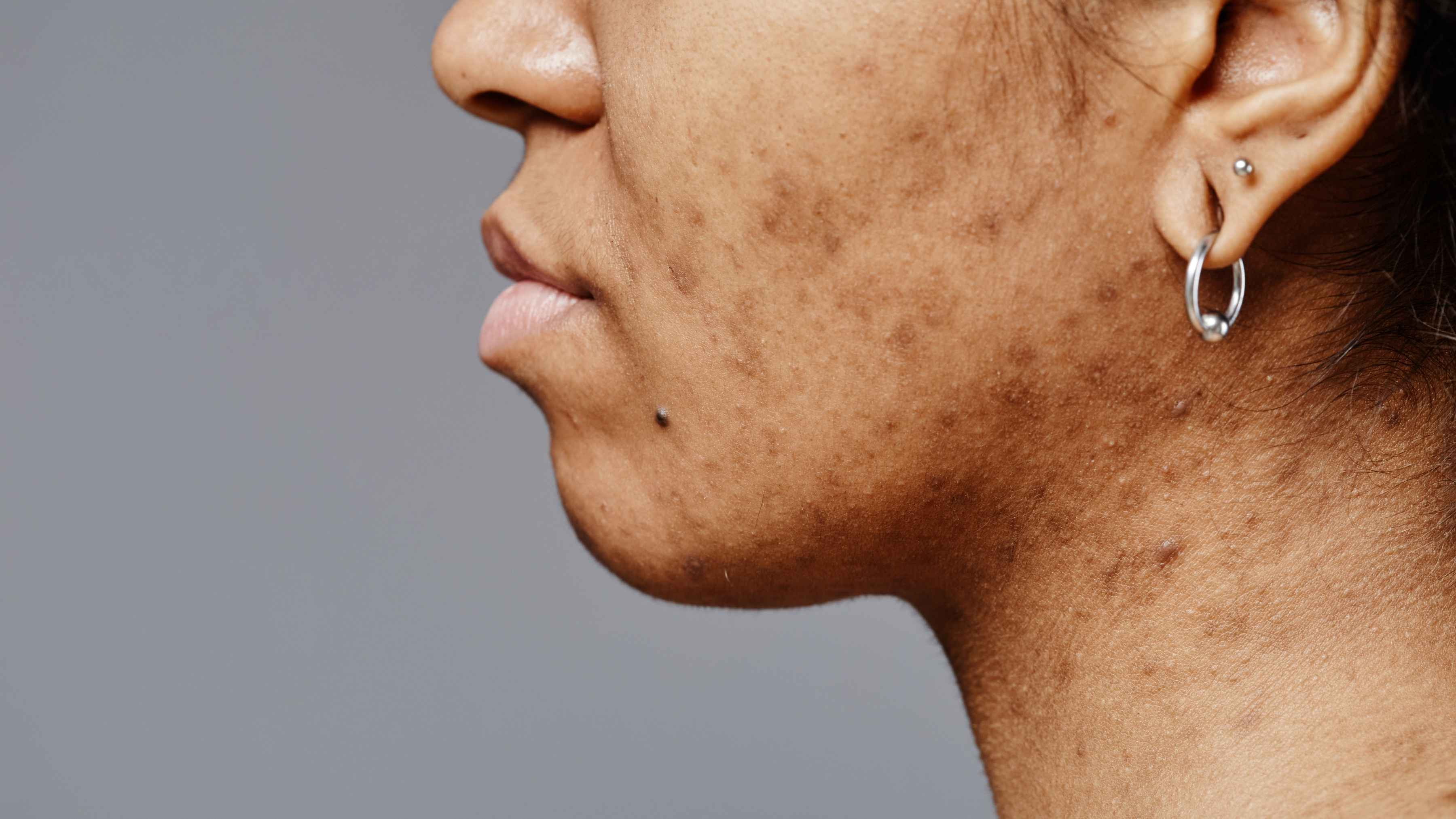

_0.jpg)














 BePicks
BePicks


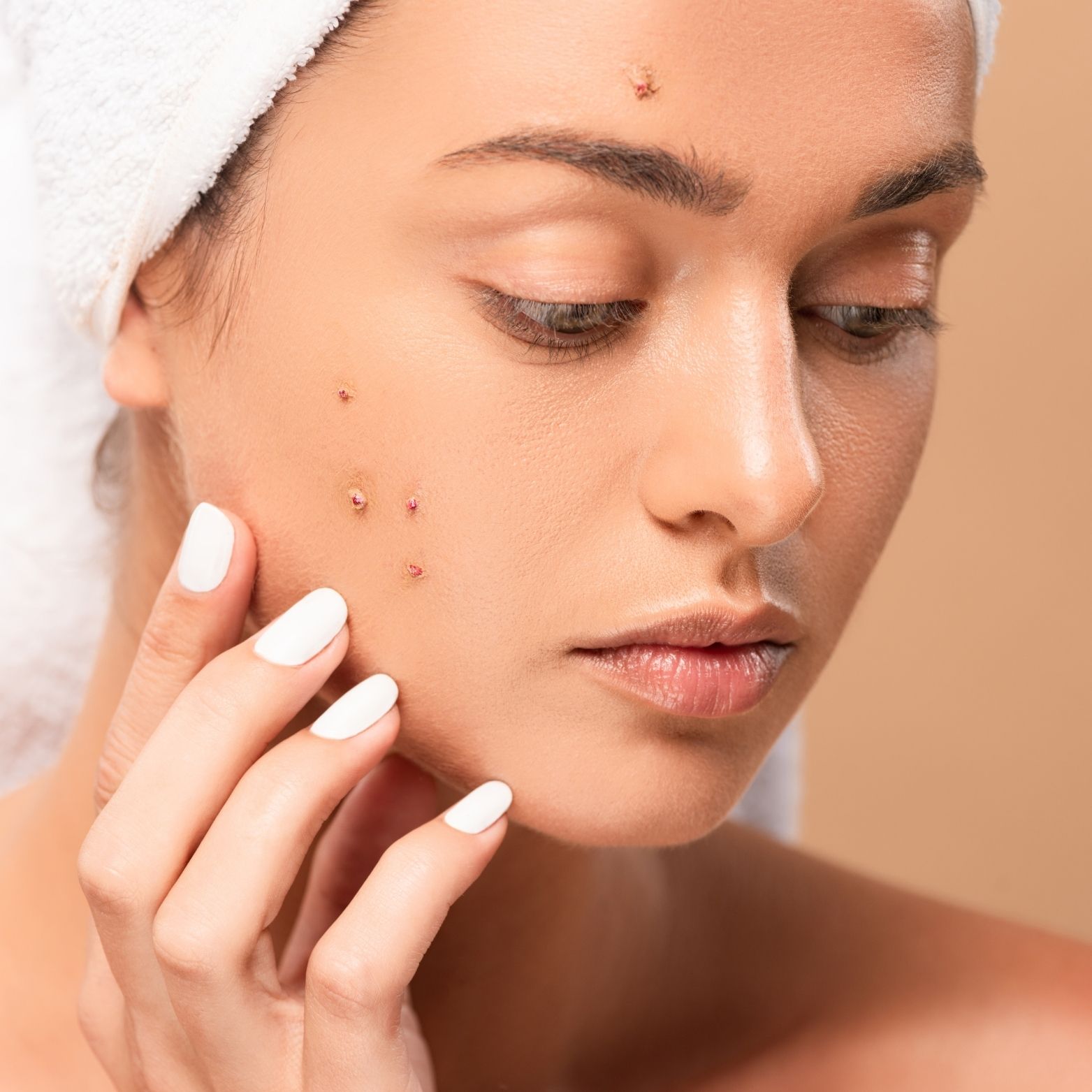

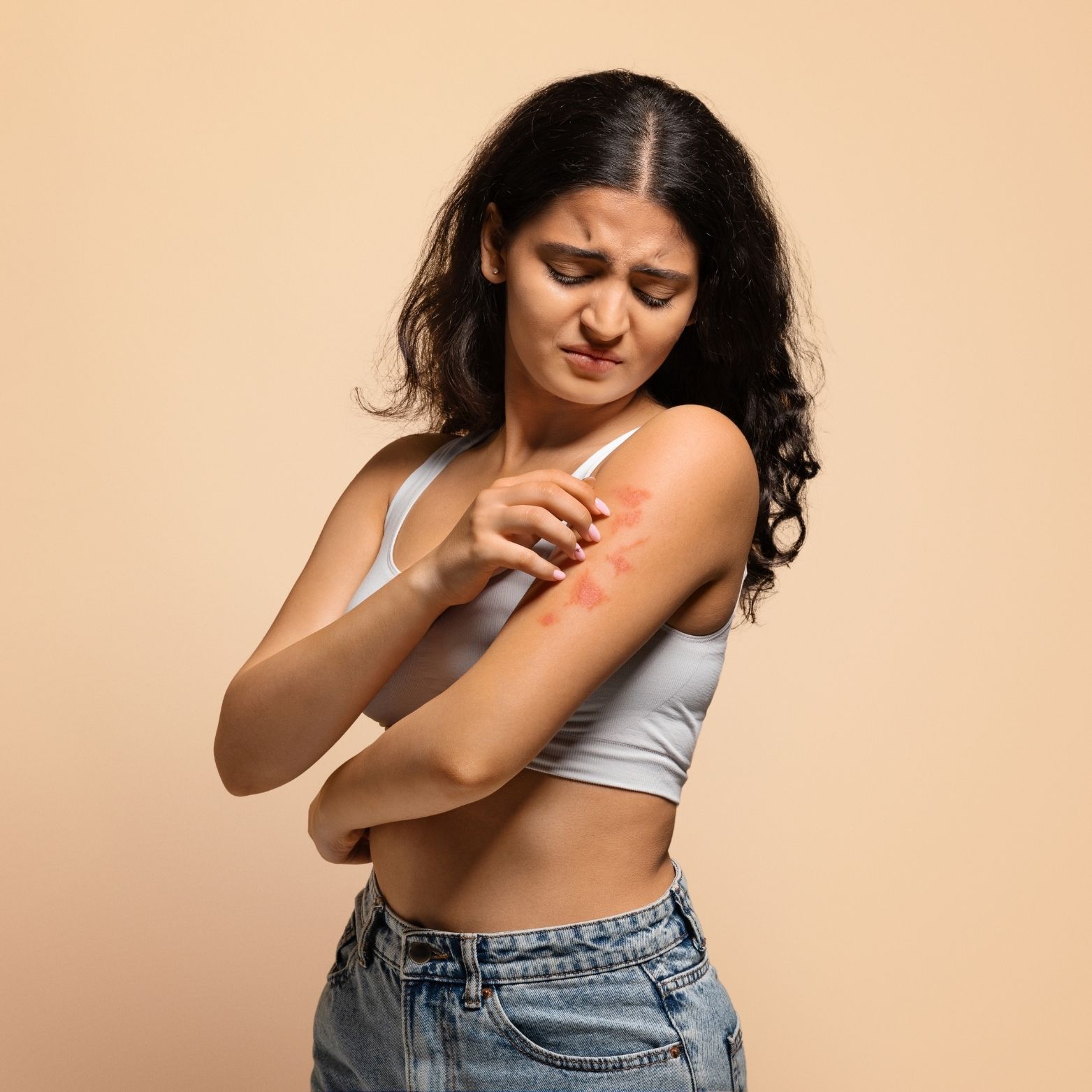
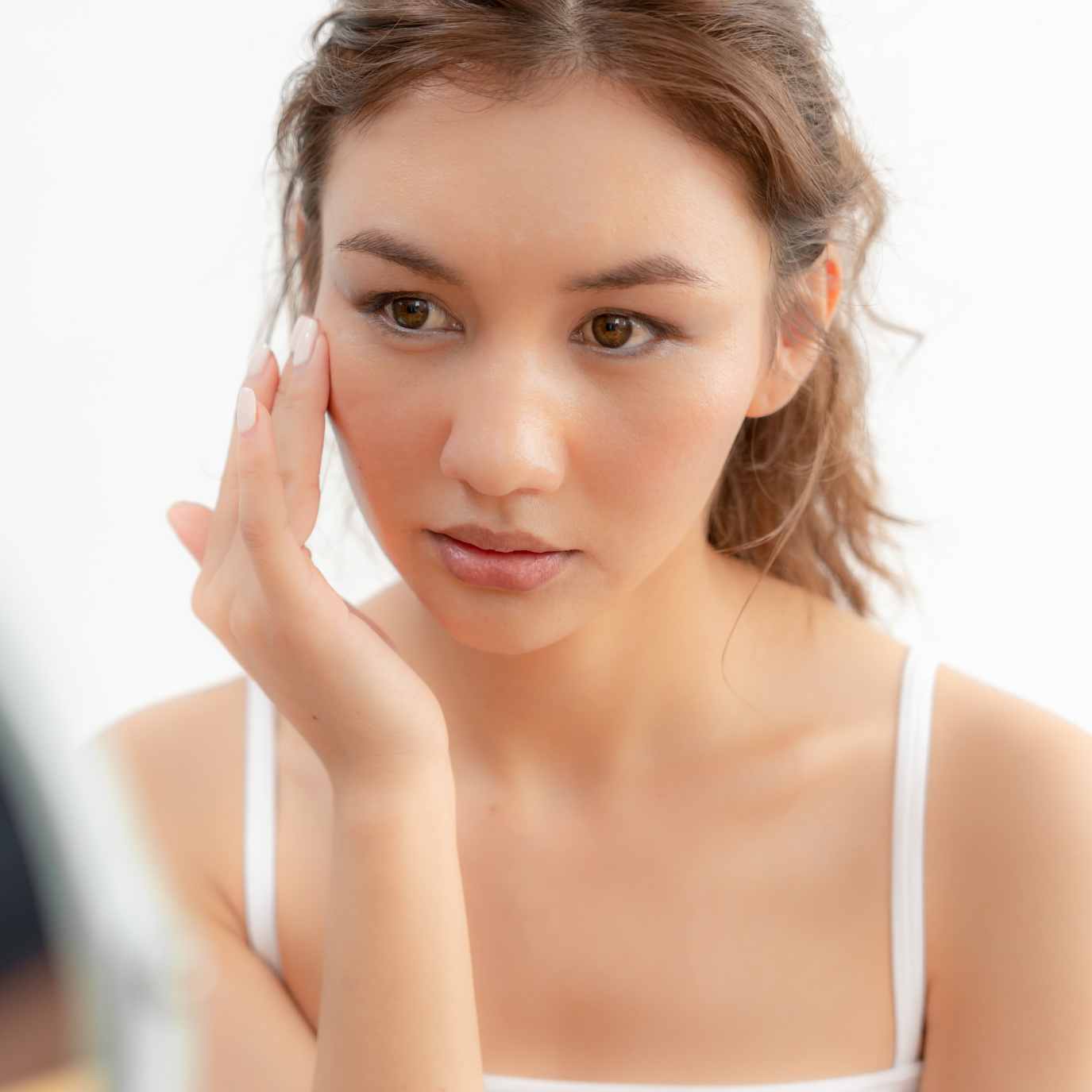

 Privacy Notice
Privacy Notice